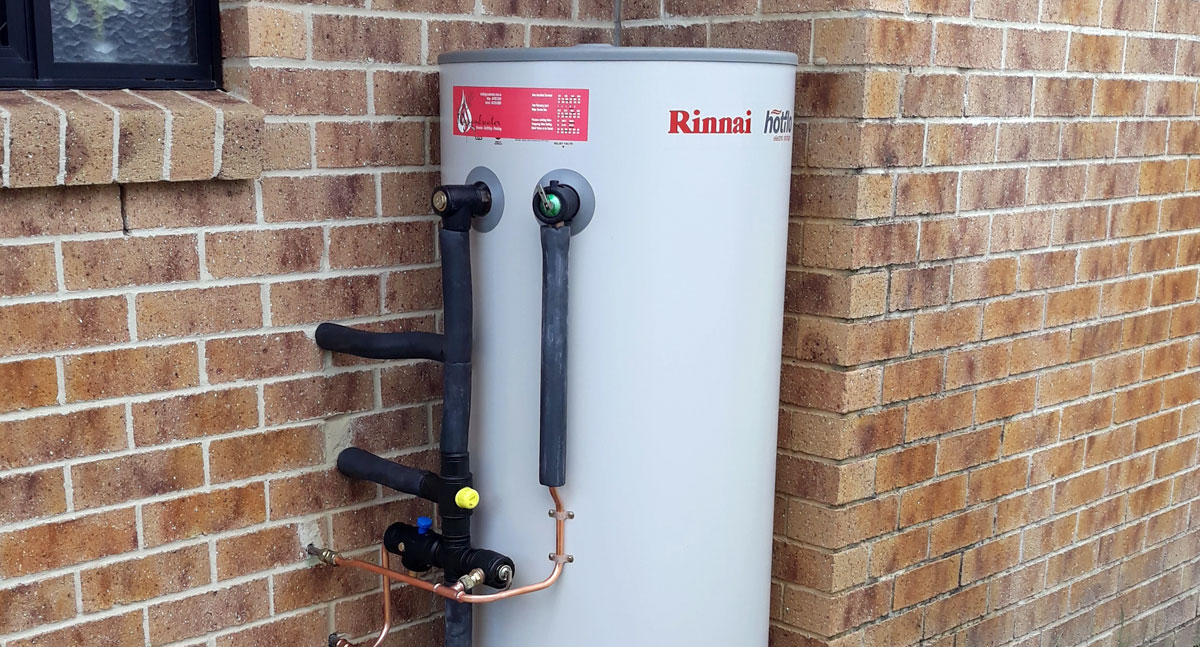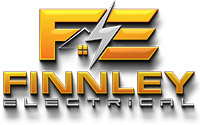Electric hot water systems are a popular choice among homeowners for their efficiency, convenience, and reliability. However, like any other appliance, they can develop issues that may lead to a lack of heating or insufficient hot water. In this article, we will delve into common electric hot water system problems and provide detailed solutions to help you get your system back up and running.
Table of Contents
Identifying the Problem
Before attempting any troubleshooting or repairs, it’s crucial to identify the root cause of the issue. Here are some common symptoms and their possible causes:
No Hot Water
- Thermostat malfunction
- Heating element failure
- Circuit breaker trip
- Loose or damaged electrical connections
Insufficient Hot Water
- Incorrect thermostat setting
- Sediment buildup
- Damaged or leaking pressure relief valve
- Undersized hot water system for your needs
Thermostat Issues
The thermostat is responsible for regulating the water temperature in your electric hot water system. A faulty thermostat can cause a lack of hot water or erratic temperature fluctuations. Here’s how to troubleshoot and resolve thermostat issues:
- Check the thermostat setting: Ensure the thermostat is set to the desired temperature, typically between 120°F and 140°F (49°C and 60°C). Adjust the setting if needed.
- Test the thermostat: Using a multimeter, test the thermostat for continuity. If there’s no continuity, the thermostat is faulty and needs replacement.
- Replace the thermostat: Turn off the power to the hot water system and drain the tank. Unscrew and remove the access panel, disconnect the wires, and replace the old thermostat with a new one. Reconnect the wires, replace the access panel, and restore power.
Heating Element Failures
Heating elements are essential components of electric hot water systems. They can burn out or become coated with mineral deposits, reducing their efficiency. Here’s how to diagnose and replace a faulty heating element:
- Test the heating element: Turn off the power and remove the access panel. Disconnect the wires and use a multimeter to test the heating element for continuity. If there’s no continuity, the element is defective and requires replacement.
- Drain the tank: Turn off the water supply and attach a hose to the drain valve. Open a hot water faucet in the house and drain the tank completely.
- Replace the heating element: Unscrew the old heating element and remove it from the tank. Install the new element, ensuring a tight seal with the gasket. Reconnect the wires and replace the access panel.
- Refill the tank: Close the drain valve, turn on the water supply, and open a hot water faucet to purge air from the system. Once water flows steadily, close the faucet and restore power to the hot water system.
Circuit Breaker and Electrical Issues
Electrical issues can cause your electric hot water system to malfunction. Here’s how to resolve them:
- Check the circuit breaker: Verify that the circuit breaker or safety switch has not tripped. If it has, reset it and monitor the hot water system for any recurrence. If the breaker trips again, consult a professional electrician to identify and resolve the issue.
- Inspect wiring connections: Turn off the power to the hot water system and remove the access panel. Inspect the wiring connections for any signs of damage or loose connections. Tighten or replace connections as needed.
- Test for voltage: Using a multimeter, check for voltage at the heating element terminals. If there is no voltage, there may be a wiring issue or a problem with the circuit breaker. Contact a professional electrician to diagnose and repair the issue.
Leaks and Pressure Relief Valve Issues
Leaks can lead to insufficient hot water and increased energy consumption. Here’s how to address leaks and pressure relief valve issues:
- Inspect the tank for leaks: Examine the tank and surrounding area for any signs of water leaks. If the tank itself is leaking, it likely has a crack or corrosion and needs replacement.
- Check the pressure relief valve: The pressure relief valve is designed to release excess pressure from the tank. If it is leaking, it may be due to excessive pressure or a faulty valve. Test the valve by lifting the lever and allowing some water to flow out. If the valve continues to leak, replace it with a new one.
- Inspect pipe connections: Check the connections between the tank and the plumbing system for any signs of leaks or corrosion. Tighten or replace fittings as needed.
Sediment Buildup
Sediment buildup can reduce your hot water system’s efficiency and cause insufficient hot water. Follow these steps to address sediment buildup:
- Drain and flush the tank: Turn off the power and water supply, then attach a hose to the drain valve. Open a hot water faucet in the house to allow air into the system. Open the drain valve and allow the tank to empty, flushing out sediment in the process. Close the drain valve, turn on the water supply, and let the tank refill.
- Consider a water softener: If your home has hard water, installing a water softener can help prevent sediment buildup and extend the life of your electric hot water system.
Conclusion
Regular maintenance and timely troubleshooting can help keep your electric hot water system running efficiently and prevent costly repairs. By addressing common issues such as thermostat malfunctions, heating element failures, circuit breaker and electrical issues, leaks, pressure relief valve problems, and sediment buildup, you can ensure a steady supply of hot water for your home. If you’re unsure about who to call when your hot water isn’t working, have a read of our detailed article for further guidance, or pick up the phone and give us a call, we’d be happy to help.


